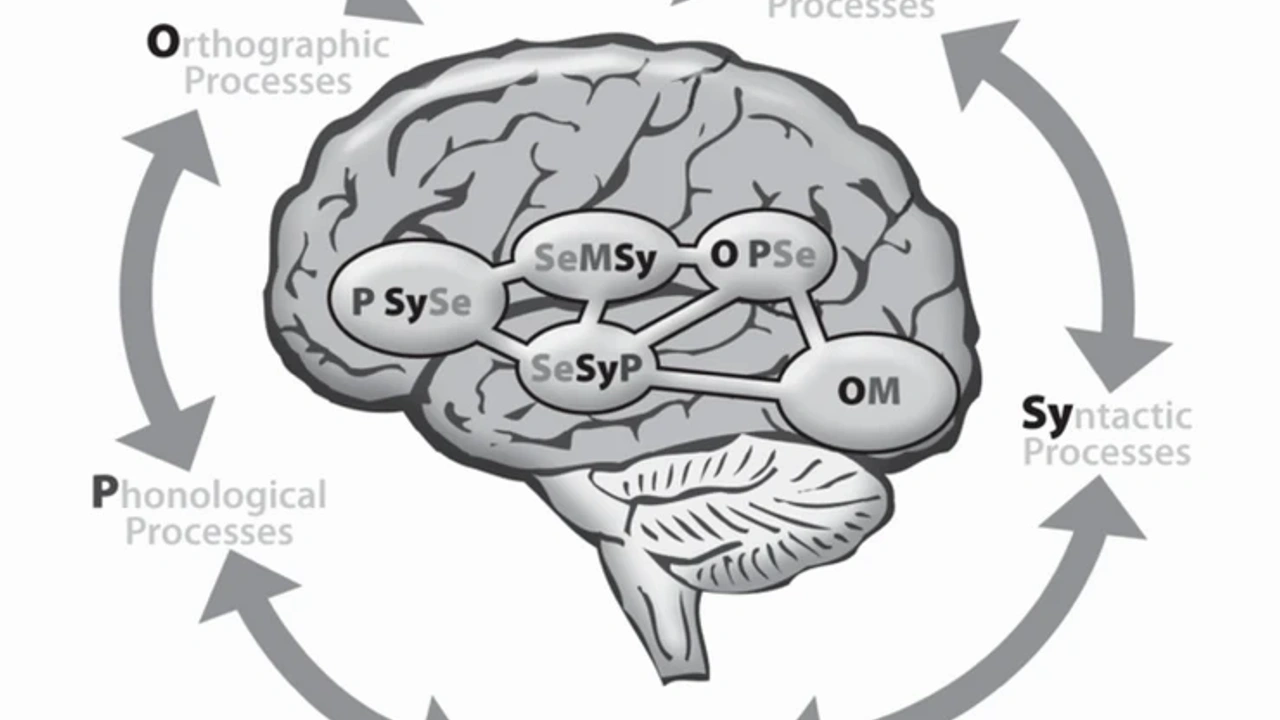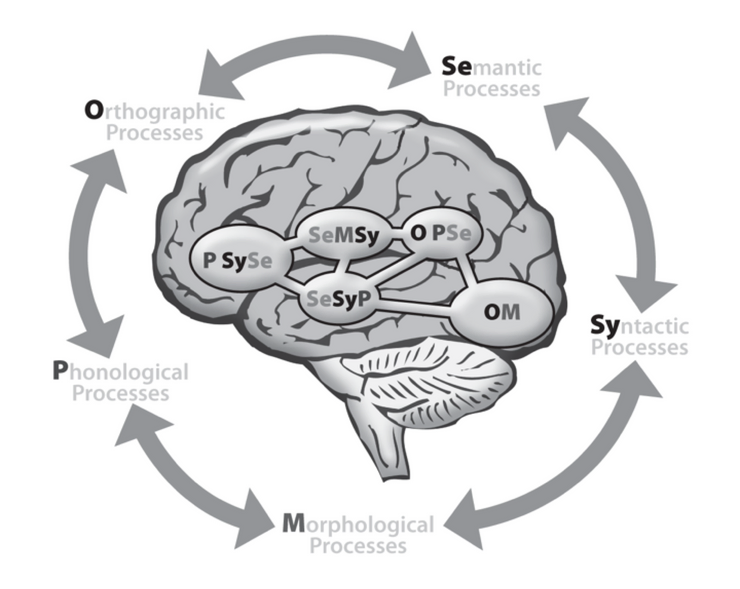Building Fluency with POSSuM
Dec 29, 2017
In our last post, we made a case for the critical role of fluency as a determinant for students' overall reading achievement. We also hinted at an alternate framework for thinking about the development of fluency and used the friendly acronym - POSSuM, to remember the essential elements.

POSSuM Offers A Road Map for Fluency
When young readers learn to read, a complex set of networks that underlie many perceptual, cognitive, affective, and linguistic processes are activated. Eventually, with much exposure and practice, these processes become connected and form the reading brain circuit. Within 280 milliseconds of encountering a word, the fluent reader not only recognizes the sounds of letters (phonology), and matches them to their visual symbols (orthography) the reader also activates all associated word meanings (semantics) and knowledge of text structure (syntax) (Adams 1990; Wolf, 2016). In addition, the reader’s morphological knowledge of the roots and affixes of words (e.g., prefixes and suffixes) become a multi-cue system that reinforces quick (that is, more fluent) recognition of common letter patterns, as well as rapid cues to syntactic function and word meaning (Burani, 2010).
POSSuM Is Essential for Students with Dyslexia
Dyslexia is characterized in part by the striking inability to read accurately and/or fluently, despite adequate exposure and instruction. Yet, beyond the broad definition of dyslexia, significant evidence now demonstrates that rather than a homogenous impairment, dyslexia is a heterogeneous disorder with specific profiles or (subtypes) of strength and deficit patterns (Wolf & Bowers, 1999; Wolf et al., 2002; Miller et al., 2006).
Students with Dyslexia Can Struggle with Fluency
Each subtype is characterized by strengths and weaknesses in the processes that contribute to fluency development. The first deficit in phonological processing or decoding is more widely acknowledged and detected (Lovett, Steinbach & Frijters, 2000). The second deficit, naming- speed deficit, is related to the speed and accuracy of students’ automatic access to and retrieval of labels when they are presented with a visual symbols, for example rapidly naming a letter, number, color, or object (Bowers & Swanson, 1991; Wolf, Bowers & Biddle, 2000). This deficit is conceptualized not simply as a problem in retrieval, but as a deficiency in the processing speed necessary to connect visual and linguistic knowledge. As such, it is conceptualized as an emerging mini-circuit of the same processes that must be connected in the later developed reading brain.
When teachers provide direct, intensive, and systematic instruction across all the POSSuM elements of word knowledge they offer the stimulus necessary to activate all areas of word knowledge (the sounds, letter patterns, meanings, parts of speech, and affixes). There is mounting evidence to demonstrate that the POSSuM approach is more effective than the repeated reading approach, and/or phonics instruction alone in developing fluency and comprehension.
How POSSuM Maps Onto the Reading Brain
The Evidence Behind POSSuM
The efficacy of using POSSuM, or a similar multi-componential approach to developing automaticity across all aspects of word knowledge has been evaluated in multiple large-scale longitudinal studies which followed the impact of interventions.
The first longitudinal study found that racially, and socio-economically diverse struggling readers (n=279) who received 70 hours of a phonics program combined with a curriculum based on the POSSuM framework called RAVE-O (Reading through Automaticity, Vocabulary, Engagement, and Orthography) made more significant gains in reading fluency and comprehension than those who received phonics instruction along (Morris et al., 2011).
These robust studies support the mounting evidence that instruction on multiple components of the reading circuit-- at both the lexical and sublexical levels-- is essential to producing substantial effects on fluency and comprehension.
In subsequent posts, we will discuss the individual elements of the POSSuM framework and the ways in which the approach can be integrated into existing remediation.
References
Bowers, P. G., & Swanson, L. B. (1991). Naming speed deficits in reading disability: Multiple measures of a singular process. Journal of experimental child psychology, 51(2), 195-219.
Lovett, M. W., Steinbach, K. A., & Frijters, J. C. (2000). Remediating the core deficits of developmental reading disability A double-deficit perspective. Journal of learning disabilities, 33(4), 334-358.
Miller, C. J., Miller, S. R., Bloom, J. S., Jones, L., Lindstrom, W., Craggs, J., . . . Hynd, G. W. (2006). Testing the double-deficit hypothesis in an adult sample. Annals of Dyslexia,56(1), 83-102. doi:10.1007/s11881-006-0004-4
Morris, R.D., Lovett, M.W., Wolf, M., Sevcik, R.A., Steinbach, K.A., , J.C., & Shapiro, M. (2011). Multiple-component remediation for developmental reading disabilities: IQ, SES, and Race as factors on remedial outcome. Journal of Learning
Disabilities, May 5, 2010, pp 1-29.
National Reading Panel. (2000). Teaching children to read: An evidence-based assessment of the scientific literature on reading and its implications for reading instruction. Washington, DC: National
Wolf, M., Bowers, P. G., & Biddle, K. (2000). Naming-speed processes, timing, and reading A conceptual review. Journal of learning disabilities, 33(4), 387-407.
Stay connected with news and updates!
Join our mailing list to receive the latest news and updates from our team.
Don't worry, your information will not be shared.
We hate SPAM. We will never sell your information, for any reason.

